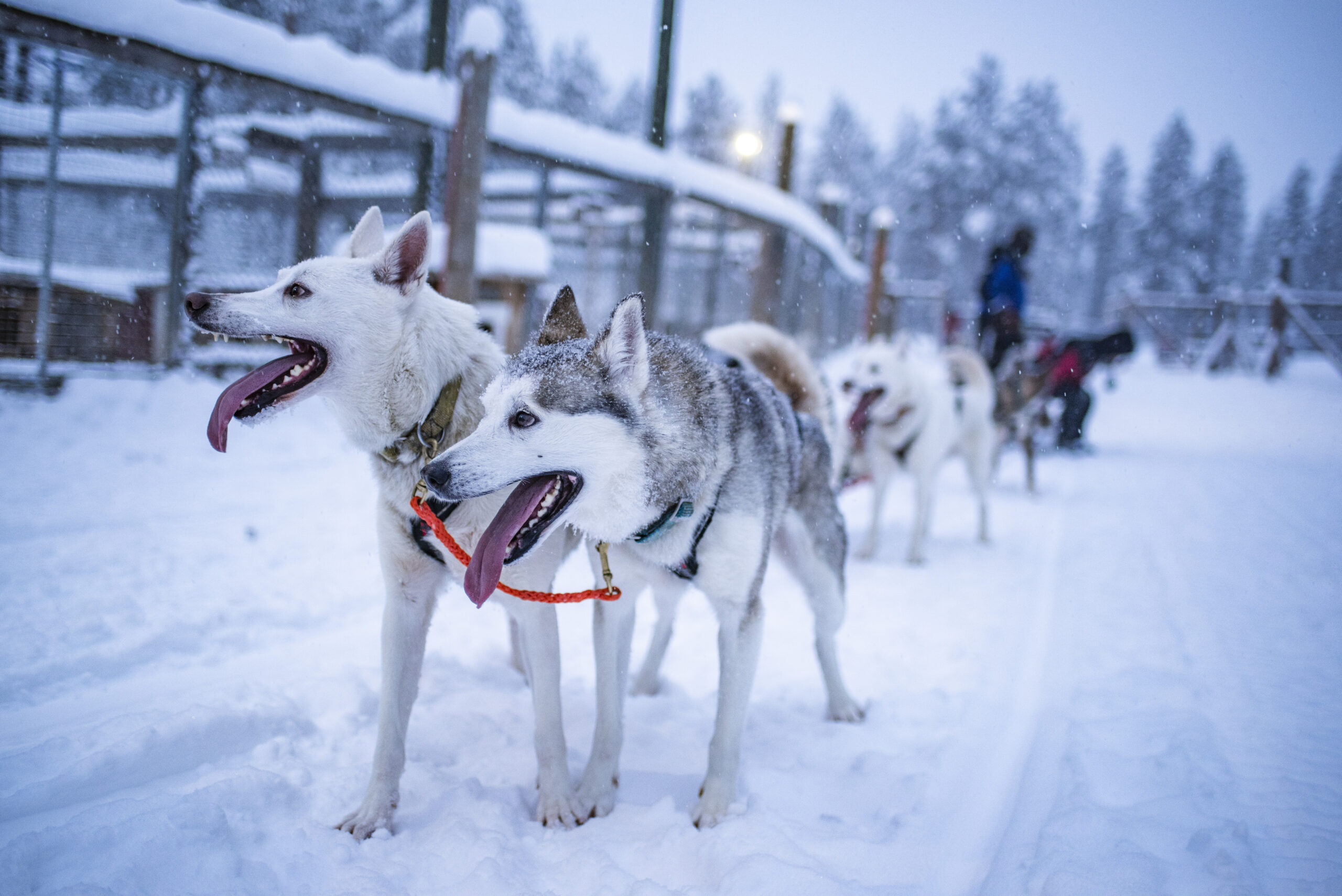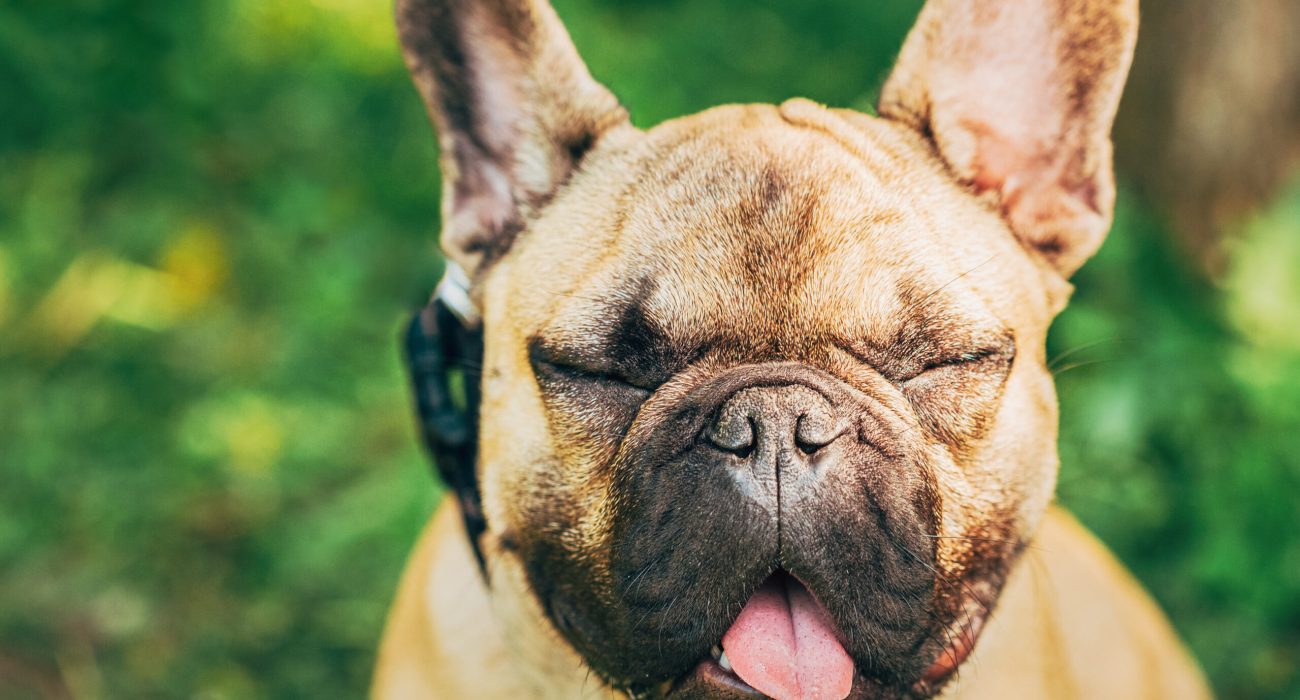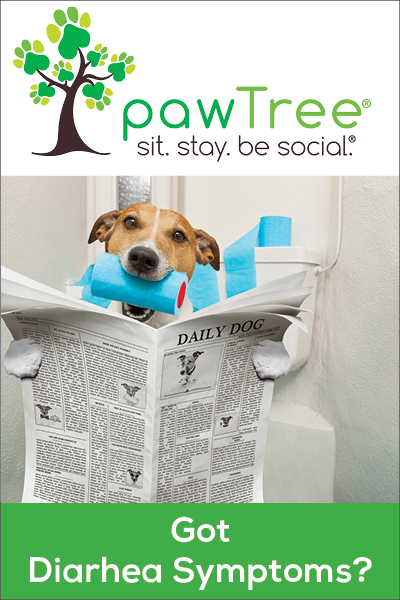
Adventures: Iditarod Sled Race
The Iditarod sled race is a grueling and challenging long-distance dog sled race that takes place in Alaska, covering over 1,000 miles of treacherous terrain from Anchorage to Nome. The race is named after the Iditarod Trail, a historic dog





